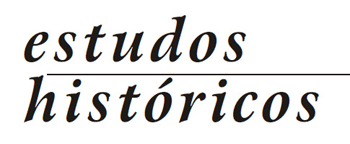Over the last 60 years, the indigenous Pankararu migrate from Pernambuco to the city of São Paulo and now number more than 2000 people in this town. Due to their autonomous organization, they were the first native migrant group of the Northeast to receive some assistance of organs such as FUNAI and FUNASA, in São Paulo. But, for that, the Pankararu started to promote presentations of an ancient religious tradition hitherto restricted to their villages in Pernambuco: the mask praiá. This article presents the context of construction of the visibility of the Pankararu in São Paulo and the legitimacy of this ethnic characteristic through the presentations of the praiás like a paradigmatic element that characterizes the "way of being indigenous" Pankararu.
Indigenous Pankararu; migration; indigenous policies; performance; identity
